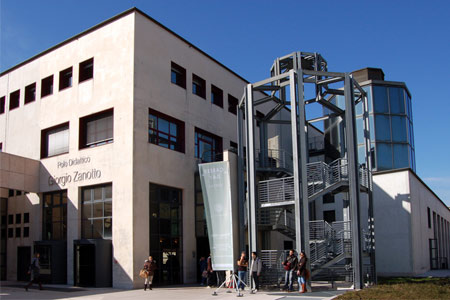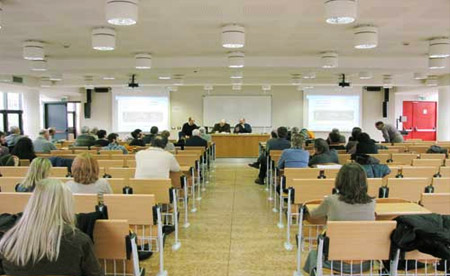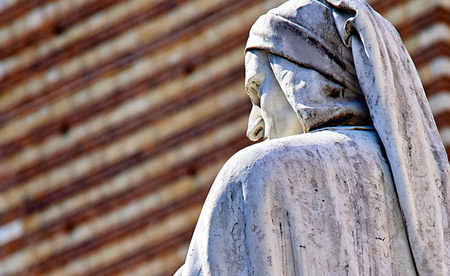Learning outcomes
The course aims at providing the students with in-depth knowledge and tools for the analysis of drawing techniques and functions, between 15th and 18th century. The student has to be able to analyse a drawing, identifying its correct historical, cultural and geographical context, and identifying the various historical techniques used by the artist in the foremost artistic production centres in Europe. Also, the student will have acquired knowledge of the foremost collections of drawings and drawing cabinets in the Western world.
The course will focus on the history of old master drawing, from its origins, in the 14th century, up to the 18th century. After an introduction on drawing conservation, we will provide an exhaustive and detailed overview on the supports (parchment and paper) and on the various graphic techniques, with examples from the Italian, Flemish and French schools. The possible functions of the drawing will then be illustrated, from the first idea, to preparatory studies, to contract-drawings, up to autonomous works of art for the market. Some lessons will be devoted to a more in-depth analysis of the graphic production of some artists of the Italian Renaissance. Finally, the main trends of European collecting will be illustrated, from Vasari to Mariette. Lessons will take place in a seminar form, and an active participation of the students will be required. At least two educational outings will be organized to allow students to see some masterpieces preserved in drawing cabinets of Italian museums.
Bibliography:
The student has to study various parts of the following texts:
- Carlo James, Old master prints and drawings: a guide to preservation and conservation, Amsterdam : Amsterdam University Press, 1997.
- Ames-Lewis, Francis, Drawing in early Renaissance Italy, New Haven [u.a.] : Yale Univ. Press, 2000
The exact pages will be indicated during the lectures.







